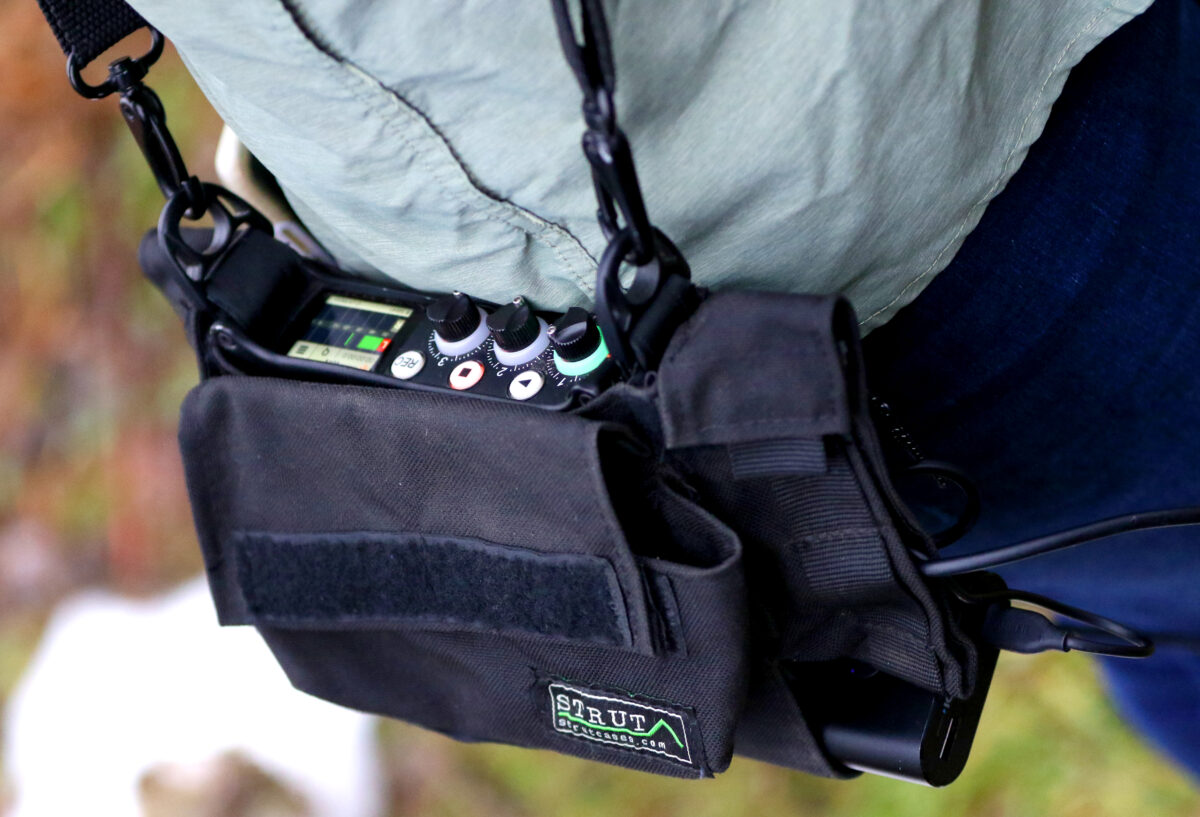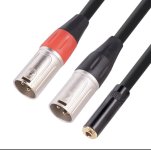Hi, jump into this cool topic as I always want to record bird calls and songs. I have just upgraded my audio gears to accompany my camera FX 3 is the Tascam DR40, I have owned it for a while but have not used it much, and until now I found I need a pre-amp to replace the internal camera pre-amp.
So here is my new setup
Measure distance around 50+ meters (146 ft):
- 20 cm radius disc size of plastic parabolic shape
- Lavier mic with XLR
- Pre-amp Tascam DR40 on mono channel
- Sony FX 3 + Sony G 200-600mm
And test, so far from my place, not yet travel to the real field:
.
Maybe need to adjust the micro, currently the dynamic from lavalier microphone is so wide - it picks up everything, I may need to change to the Rode Video Micro which also has a windscreen and directional.
The rig for now uses a magic arm, it is kind of jittering, and hard to bring around under the dense canopy of the rainforest, there are a lot of bushes and branches... I still trying to figure out this. No windscreen then there is noise as well.
Dynamic lavalier microphone currently picks up everything once I touch the rig, the camera body, in thinking of putting it on a small shock mount used for Rode video micro
Testing inside urban creates a lot of noise sound from traffic, it may be better if inside the forest.
What do you think, any suggestions?










